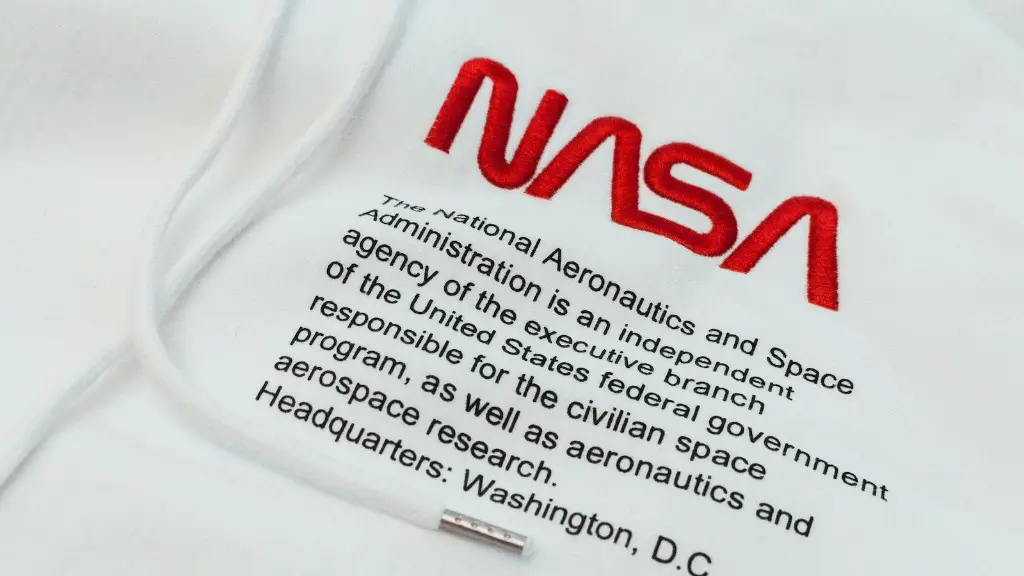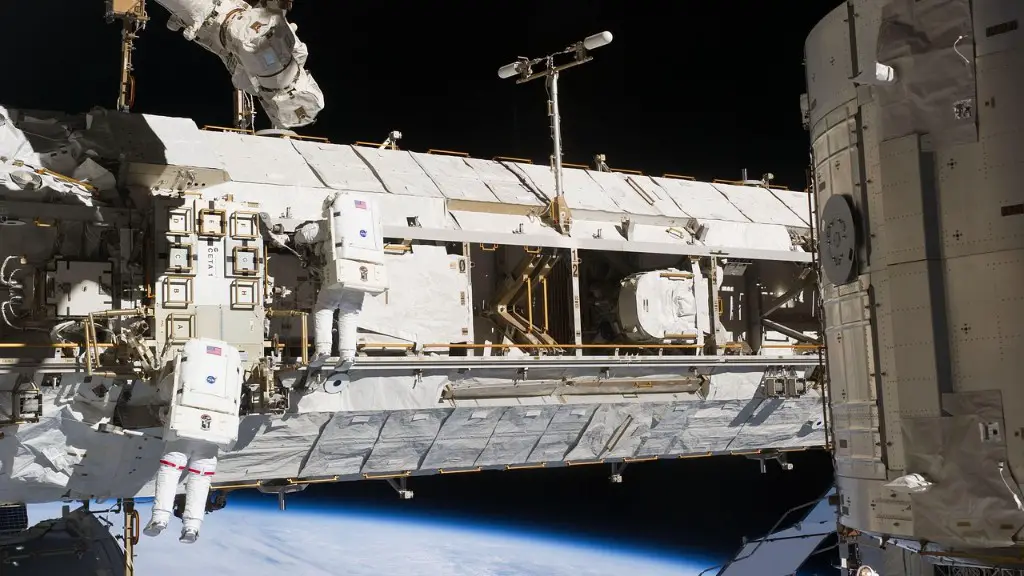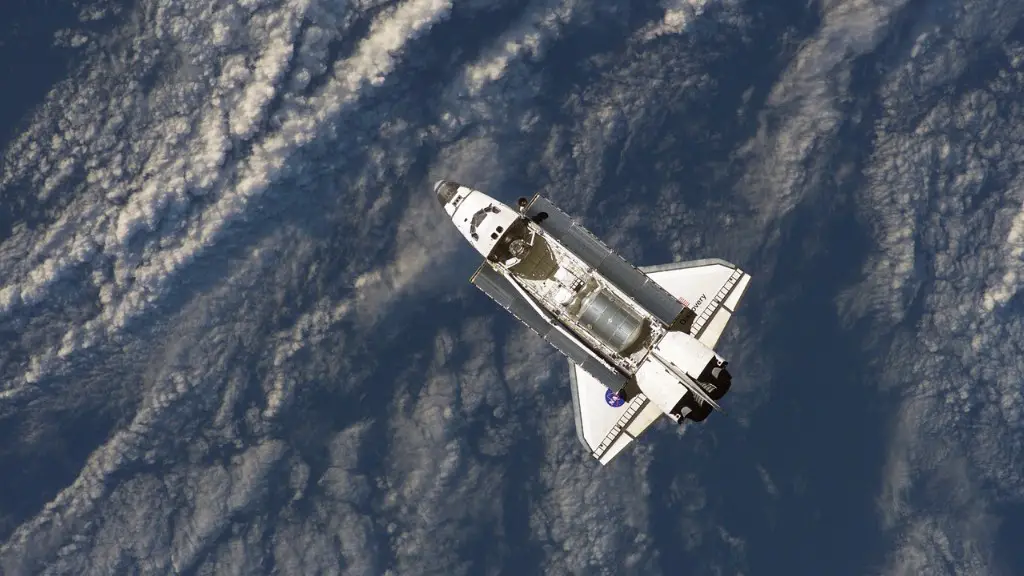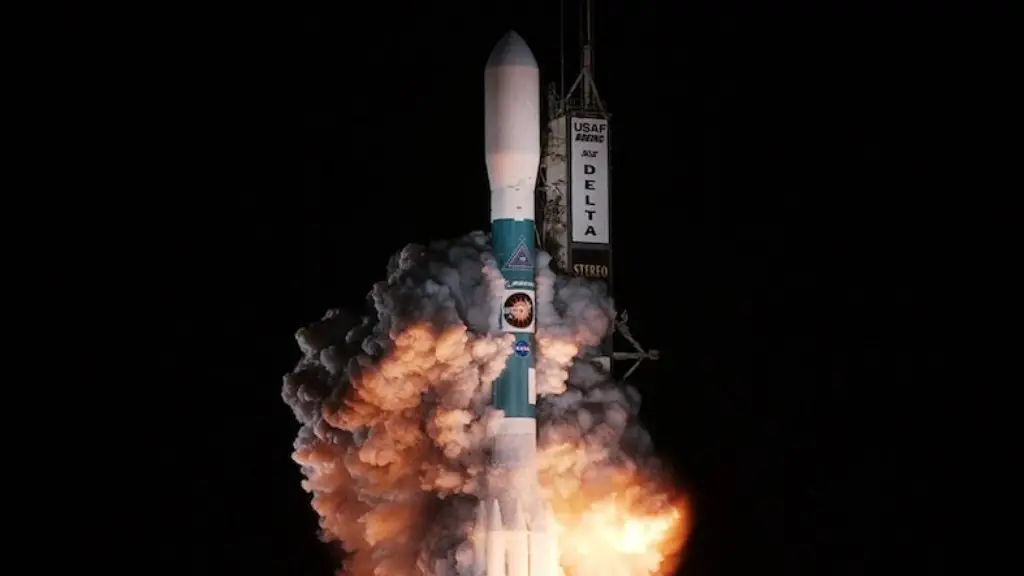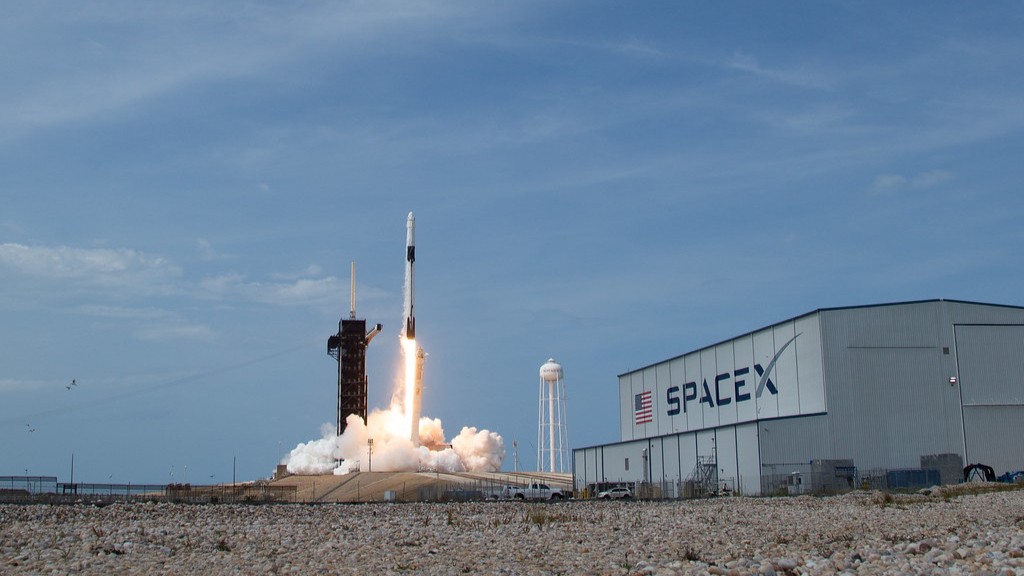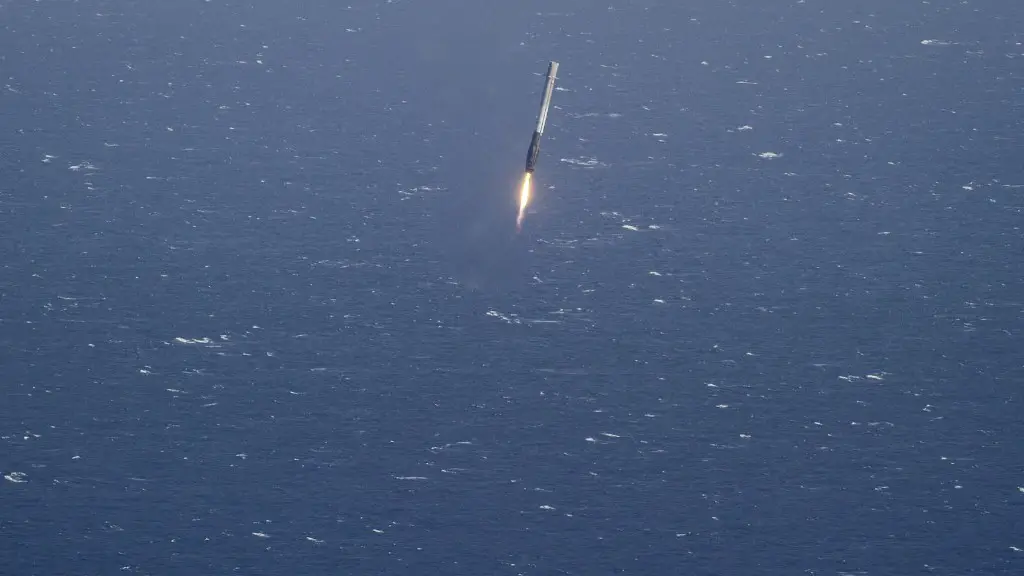The Challenger disaster was a wake-up call for NASA. The disaster caused NASA to re-evaluate its safety procedures and protocols. As a result of the disaster, NASA implemented a number of changes to the way it operates. These changes have made NASA a safer and more efficient organization.
Space Shuttle Challenger exploded shortly after liftoff on January 28, 1986, resulting in the deaths of all seven crew members. The disaster resulted in a number of changes at NASA, both in the way it operated and in the way the public perceived it.
One of the most immediate changes was the grounding of the Space Shuttle fleet. All Space Shuttle flights were halted until the cause of the accident could be determined and corrective action could be taken. The accident investigation revealed that a faulty O-ring seal on one of the Shuttle’s solid rocket boosters was the cause of the explosion. NASA implemented a number of changes to the Space Shuttle program to help prevent a similar accident from happening again.
The Challenger disaster also had a profound effect on the way NASA approached risk. Prior to the accident, NASA had been criticized for being too risk-averse and for not being willing to take chances. The accident made it clear that NASA needed to strike a better balance between risk and safety. As a result, NASA made changes to the way it evaluated and managed risk.
The Challenger disaster was a tragedy that had a profound effect on NASA and the way it operates. The accident led to a number of changes that helped make NASA a safer and more effective organization.
How did NASA respond to Challenger disaster?
The disaster referred to is the Space Shuttle Challenger explosion, which occurred on January 28th, 1986. As a result of this tragedy, NASA established the Office of Safety, Reliability, and Quality Assurance in order to help prevent future disasters. They also arranged for the deployment of commercial satellites from expendable launch vehicles, rather than from a crewed orbiter. This was done in order to make space travel safer for both astronauts and the general public.
The Challenger accident was a tragedy that taught us many lessons about safety and risk management. Unfortunately, we learned these lessons again in 2003 with the loss of Columbia and her crew. The Challenger accident showed us the dangers of complacency and the need for constant vigilance when it comes to safety. We must never forget the lessons we learned from Challenger and keep working to improve safety in all aspects of our lives.
What were the outcomes of the Challenger disaster
The Challenger disaster was one of the most tragic events in American history. The loss of the space shuttle and all seven astronauts on board was a huge blow to the nation, and the resulting investigation revealed serious problems with the shuttle program. Despite the tragedy, the space shuttle program continued and the shuttle fleet went on to have a long and successful career.
NASA knew about the piece of foam that fell off during launch and knew it was a recurring problem. Officials at the agency also knew that the o-rings which led to the Challenger disaster were known to be brittle in very cold temperatures. Despite this knowledge, NASA proceeded with the launch, resulting in the tragic loss of life. This tragedy could have been avoided if NASA had taken the time to address the known issues.
Did the families of the Challenger disaster sue NASA?
The wife of Challenger pilot Michael Smith sued NASA in 1987 for negligence in the death of her husband. However, a federal judge in Orlando threw out the case, ruling that Smith, a Navy officer, died in the line of duty. She later settled directly with Morton Thiokol, as did the other families.
30 years ago today, the space shuttle Challenger exploded just after liftoff, killing all seven crew members on board. It was a devastating tragedy, and one that still haunts those who were involved.
Bob Ebeling was an engineer at NASA who warned of potential problems with the Challenger’s O-rings before the launch. He feels immense guilt over the disaster, and has said that “God shouldn’t have picked me for that job.”
Ebeling is not alone in his feelings of responsibility. Many others who were involved in the Challenger mission have also spoken about the lasting impact of the tragedy.
It’s clear that the Challenger explosion is still a very raw wound for those who were involved. Our thoughts are with them today.
Why is the Challenger so important?
The Challenger was built to serve as a structural test article for the shuttle program. A lighter-weight orbiter was NASA’s goal during the years in which the orbiter fleet was being built, but a test article was needed to ensure that a lighter airframe could handle the stress of space flight. The Challenger was equipped with 23 experimental or prototype technologies, many of which were later used on the operational shuttles.
The Space Race was an important event during the Cold War as it showed the world which country had the superior scientific, economic and political systems. The Space Race included events such as the first satellite to orbit Earth, the first human-crewed spacecraft and the first person to walk on the Moon. The United States and the Soviet Union both competed in the Space Race and it was a major factor in the development of space exploration.
Why was the Challenger mission important to space exploration
The Challenger mission was an important one as it sought to launch two satellites into space in order to observe Halley’s Comet. The mission was challenging but ultimately successful, with one satellite being picked up two days after launch. This was an important moment as it was the closest approach to the sun that Halley’s Comet would make.
The Space Shuttle Challenger broke up during its 1986 launch resulting in the death of all seven crew members. The incident occurred when a faulty O-ring seal in the right solid rocket booster (SRB) failed, allowing hot gas from the SRB to leak into the main fuel tank. This caused the tank to rupture and the resulting explosion destroyed the shuttle. The crew was killed instantly.
What is the Challenger disaster summary?
The Challenger disaster was a tragedy that shook the world. On January 28th, 1986, the NASA Space Shuttle Challenger broke apart and disintegrated, 73 seconds into its flight. All seven crew members were killed. The accident was a devastating blow to the space program, and to the nation as a whole. It led to a suspension of the shuttle program for nearly three years, and had a profound impact on the way NASA operated. The disaster also raised questions about the safety of the space shuttle program, and about the risks of sending astronauts into space.
Roger Boisjoly was an engineer who is most famous for his attempts to prevent the Challenger disaster. Boisjoly was born in Lowell, Massachusetts in 1938 and attended the University of Massachusetts Lowell. He began his career working for the space contractor Morton Thiokol, and it was while working here that he raised concerns about the safety of the Challenger space shuttle. These concerns were ignored, and the Challenger disaster occurred just a few months later, in January 1986. Boisjoly continued to work for Morton Thiokol until 1990, when he left the company. He died in 2012 at the age of 73.
Did NASA recover the bodies from Columbia
The debris from the space shuttle Columbia disaster was reported from east Texas through southern Louisiana. Recovery crews and local volunteers worked to locate and identify the debris. On the first day of the disaster, searchers began finding remains of the astronauts. Within three days of the crash, some remains from every crew member had been recovered.
The Foam Impact on Columbia’s Heat Shield
On January 16, 2003, the day after launch, NASA saw video of the foam from the shuttle’s fuel tank hit the shuttle wing. This caused some damage to the heat shield, but NASA officials studied the damage and determined it wasn’t a problem. However, this overconfidence would prove to be fatal, as the damaged heat shield would later cause the Columbia disaster.
What was the first NASA disaster?
The difference between disaster and tragedy is that disasters are caused by natural phenomena whereas tragedies are man-made. The disaster that befell the Apollo 1 crew was caused by a fire that broke out in their spacecraft during a training exercise. The blaze spread quickly and the astronauts were unable to escape. All three perished. NASA subsequently redesigned the spacecraft to prevent such a tragedy from happening again.
This is a tragic event that happened back in 1986 when the Challenger shuttle exploded shortly after take-off. The families of the four astronauts who lost their lives have now been compensated $77 million as part of a settlement. This will hopefully bring some closure to the families and help them move on from this tragedy.
Warp Up
The Challenger disaster was a turning point for NASA. The accident, which claimed the lives of seven astronauts, caused the space agency to reassess its procedures and make significant changes in the way it operated. The tragedy also had a profound impact on the public’s perception of NASA and the space program. Challenger was the second space shuttle to be lost in a launch accident, and the disaster cast a shadow over the agency that it has never completely shaken.
The Challenger disaster was a turning point for NASA. The space shuttle program was grounded for nearly three years while safety improvements were made. NASA also revamped its management structure and overhauled its safety procedures. The disaster led to greater transparency and accountability within the agency, and NASA has since strived to maintain the highest possible safety standards.
